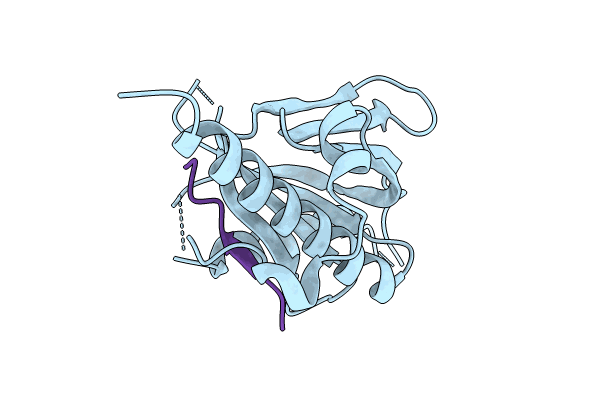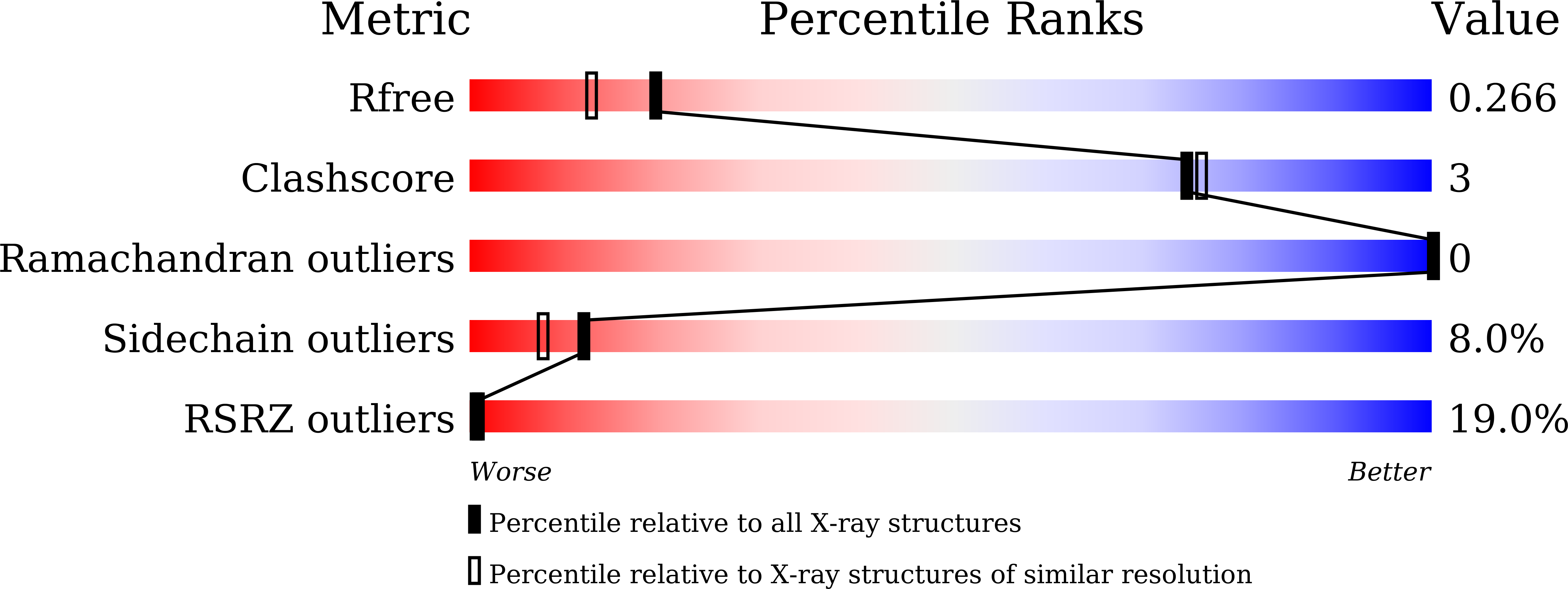
Deposition Date
2024-03-08
Release Date
2024-05-29
Last Version Date
2024-06-05
Entry Detail
PDB ID:
8YM2
Keywords:
Title:
Crystal structure of AIDA-1 PTB domain in complex with SynGAP NPxF motif
Biological Source:
Source Organism:
Mus musculus (Taxon ID: 10090)
Rattus norvegicus (Taxon ID: 10116)
Rattus norvegicus (Taxon ID: 10116)
Host Organism:
Method Details:
Experimental Method:
Resolution:
2.00 Å
R-Value Free:
0.26
R-Value Work:
0.21
R-Value Observed:
0.21
Space Group:
I 2 3


